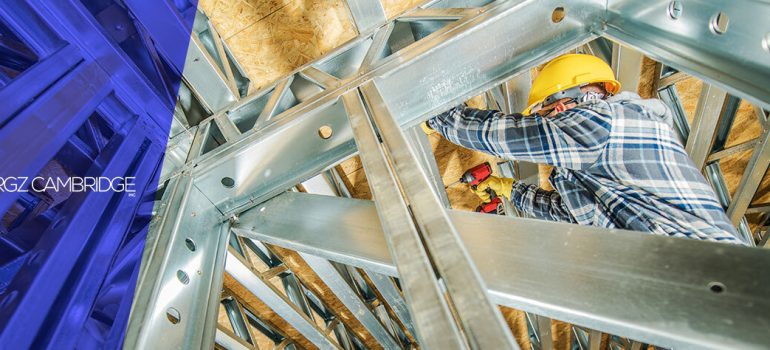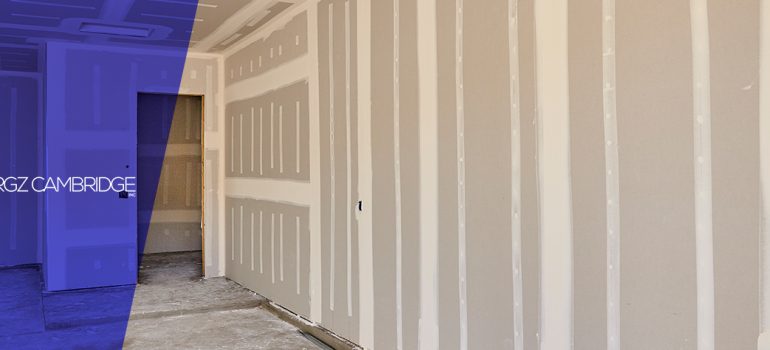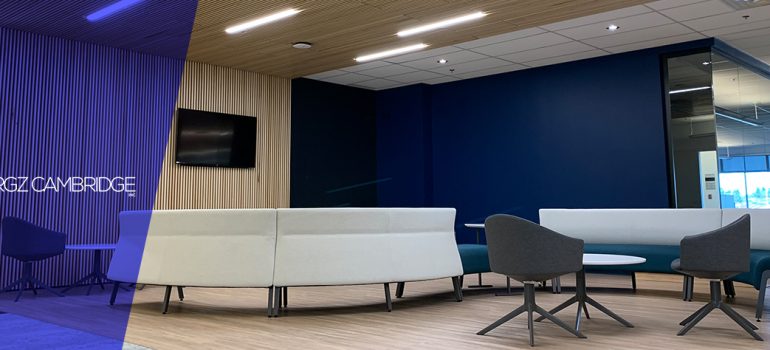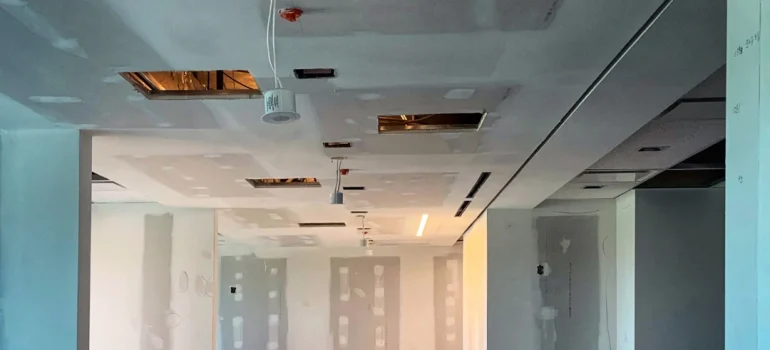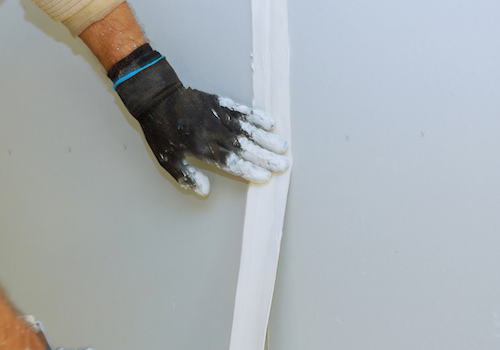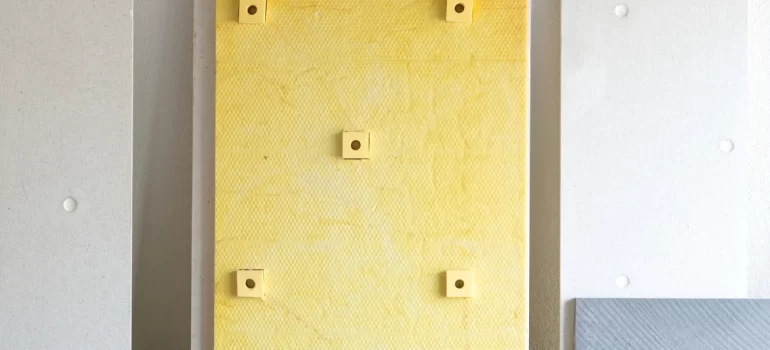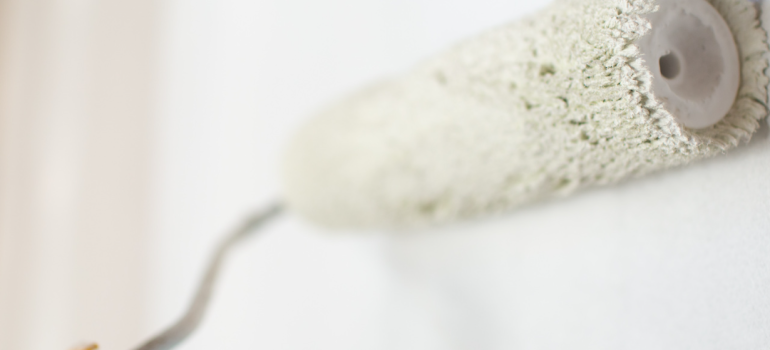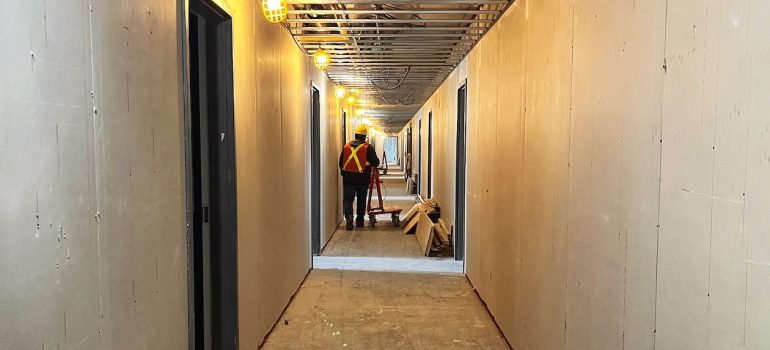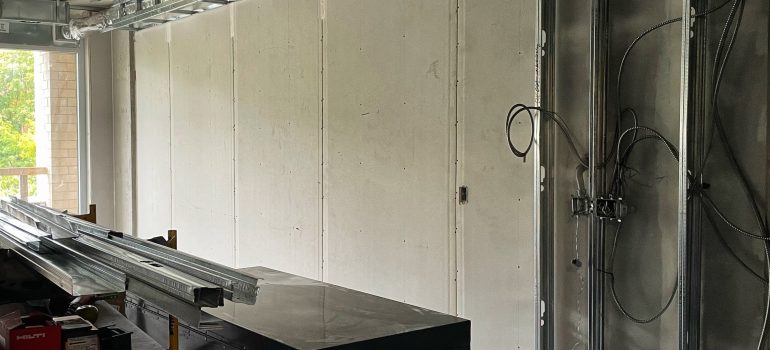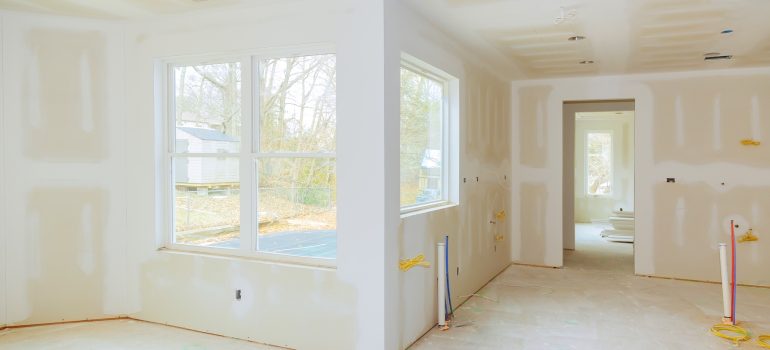Exploring the Advantages of Working with RGZ Cambridge for Steel Stud and Drywall Solutions
When it comes to commercial construction, finding a reliable contractor for steel stud framing and drywall installation is crucial to the success of your project. RGZ Cambridge stands out as a leader in this field, offering top-tier services that ensure both quality and efficiency. Here are the key advantages of working with RGZ Cambridge for your steel stud and drywall needs.
1. Expertise in Steel Stud Framing
Steel stud framing has become the go-to solution for commercial construction due to its strength, durability, and fire resistance. RGZ Cambridge brings unparalleled expertise in this area, providing high-quality steel stud framing solutions that offer several benefits:
- Superior Structural Support: Steel studs offer greater durability compared to traditional wood framing, particularly in large-scale commercial projects. RGZ Cambridge’s precise installation ensures that your building’s structure is strong, reliable, and built to last.
- Fire Resistance: Steel studs are non-combustible, making them an ideal choice for commercial buildings that require enhanced fire safety. RGZ Cambridge adheres to all fire safety codes, ensuring your building meets safety regulations while providing added peace of mind.
- Custom Solutions for Complex Projects: Whether you’re constructing a multi-story building or a large retail space, RGZ Cambridge can customize steel stud framing solutions that meet the specific requirements of your project.
2. High-Quality Drywall Installation
Drywall plays a critical role in the interior aesthetics and functionality of commercial spaces. RGZ Cambridge excels in drywall installation, ensuring that walls and ceilings not only look seamless but also perform efficiently:
- Smooth, Flawless Finishes: RGZ Cambridge’s drywall installation is done with precision, resulting in smooth, flawless walls that are ready for painting or other finishes. This attention to detail ensures a professional appearance and enhances the overall quality of the space.
- Specialty Drywall Options: RGZ Cambridge offers a variety of drywall options, including fire-rated drywall, moisture-resistant drywall, and soundproof drywall, tailored to the specific needs of different areas within your building. Whether it’s a conference room, bathroom, or kitchen, their team has the right solution.
- Efficient Installation: Time is critical in commercial construction, and RGZ Cambridge understands the importance of completing drywall installations efficiently. Their team works quickly without sacrificing quality, ensuring that projects are completed on schedule.
3. Commitment to Quality and Precision
Quality is the cornerstone of RGZ Cambridge’s approach to steel stud and drywall solutions. Here’s how they ensure the highest standards of quality in every project:
- Experienced Professionals: RGZ Cambridge employs a team of highly skilled professionals with years of experience in steel stud framing and drywall installation. Their expertise guarantees that every aspect of the project is handled with precision.
- Attention to Detail: Whether it’s ensuring perfectly aligned studs or achieving a smooth, seamless drywall finish, RGZ Cambridge pays meticulous attention to detail. This results in superior craftsmanship that enhances both the structural integrity and appearance of your building.
4. Safety and Compliance
In any construction project, safety is paramount. RGZ Cambridge prioritizes the safety of its workers, clients, and the overall construction site by adhering to strict safety protocols:
- Adherence to Safety Standards: RGZ Cambridge is committed to following all local and national safety regulations, ensuring that projects meet safety standards. This includes proper handling of materials, secure installation practices, and the use of personal protective equipment (PPE).
- On-Site Supervision: Every project is overseen by a dedicated supervisor who ensures that all safety protocols are followed and that the work is completed according to code. This helps prevent accidents and ensures the quality of the final product.
5. Efficient Project Management
RGZ Cambridge’s ability to manage projects efficiently is one of the key reasons clients choose to work with them. From the planning stages through to completion, they ensure every project runs smoothly:
- Comprehensive Planning: Before starting a project, RGZ Cambridge works with clients to develop a detailed plan, including timelines, material requirements, and project goals. This ensures that the work is completed on time and within budget.
- Coordination with Other Trades: RGZ Cambridge’s team coordinates with other contractors, such as electricians and plumbers, to ensure that all aspects of the construction project are aligned. This helps avoid delays and ensures seamless integration of different systems within the building.
- Minimized Downtime: With a focus on efficiency, RGZ Cambridge works to minimize downtime during the construction process. Their streamlined workflows ensure that deadlines are met without sacrificing the quality of the work.
6. Innovative and Sustainable Practices
In today’s construction industry, sustainability is more important than ever. RGZ Cambridge is committed to using innovative and eco-friendly materials and practices:
- Eco-Friendly Materials: Steel studs are recyclable, making them a more sustainable option compared to traditional wood framing. RGZ Cambridge uses sustainable materials wherever possible to reduce the environmental impact of their projects.
- Energy Efficiency: RGZ Cambridge offers energy-efficient drywall solutions, such as insulated drywall, which can help reduce heating and cooling costs for commercial buildings. This not only benefits the environment but also provides long-term cost savings for building owners.
7. Client-Centric Approach
RGZ Cambridge believes that successful projects are built on strong client relationships. They take a client-centric approach to ensure that each project is tailored to meet specific needs and expectations:
- Clear Communication: Throughout the project, RGZ Cambridge maintains open lines of communication with clients. This ensures that any changes or updates are clearly communicated and that clients are always informed about the progress of their project.
- Flexibility: RGZ Cambridge is flexible and adaptable to changes that may arise during construction. Whether it’s a change in design or an unexpected challenge, their team can quickly adjust to keep the project on track.
- Commitment to Satisfaction: RGZ Cambridge is dedicated to delivering results that meet or exceed client expectations. Their focus on quality, precision, and client satisfaction ensures that every project is completed to the highest standards.
Call to Action
For top-tier steel stud framing and drywall solutions in Cambridge, Ontario, RGZ Cambridge is the contractor you can trust. With a focus on quality, efficiency, and client satisfaction, we deliver exceptional results for commercial construction projects of all sizes. Contact us today to learn more about how we can help with your next project. Visit our website or call us at (613) 695-5544 to get started.
By choosing RGZ Cambridge for your steel stud and drywall needs, you can expect superior craftsmanship, expert project management, and long-term results. Let us help you achieve success in your next commercial construction project!


